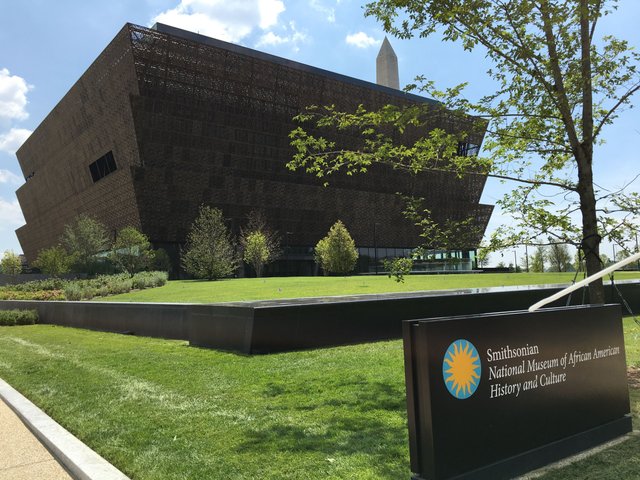Criteria for Funding a Socially-Responsible Public History Project in Philadelphia
At this point in the semester, we have managed to squirrel away a significant amount of money - $3000 STEEM, in fact - to be used to support a jointly-agreed-upon nonprofit venture. Tasked with composing a sample Letter of Intent within the context of this course, my classmates came up with a number of incredibly creative ideas, from a Philadelphia History Truck project documenting the struggle over Temple's new stadium to a number of free and engaging walking tours. You can find the ideas summarized here and here.
My last article "Putting Philadelphia’s Own House in Order: Historians and their Responsibility to Urgent Community Need" set out the premise that historians are accountable to their public to ensure the visibility of current community issues as well as their historical context. This type of history work is urgent and relevant. And, crucially, it can help effect real change in the here-and-now.
One example of pressing need that I gave in that article was surrounding the issue of redlining, a form of housing discrimination that is historically-rooted and remains a huge concern. Another recent issue has been agitation over what to do with the Confederate monuments studding the U.S. landscape, many of which were actually constructed in the 20th century. Several museums have engaged with this issue in earnest following the horrifying racist attacks at Charleston (2015) and Charlottesville (2017). The Smithsonian National Museum of African American History and Culture hosted a “Mascots, Myths, Monuments and Memory” symposium on this issue March 8th, 2018 (stream it here).

The Smithsonian National Museum of African American History and Culture. Source
At the symposium, NMAAHC museum director Lonnie Bunch III spoke frankly about the museum's vision:
“Let me be real clear: This is an activist museum… and by activism we mean that our job is to make the country better. Not greater! Better! … You’ve got a chance to do something that isn’t just about yesterday, but is about today and tomorrow.”
I agree with Bunch's assertion, and I also trust and understand that my ideas of what is important are not necessarily reflective of the needs of any given community. That’s fine; when I have an issue with my car, I trust that the mechanic might have a solution. I don’t take my own car apart, I take it to an expert. In this case, the “experts” in the picture are the people who have to live within specific circumstances and thus are invested in improving those circumstances. I’m not even a Philadelphian; why should I tell anyone here what’s best for them?
Therefore, rather than proposing a project that I don’t even know would be realistic or useful, I would rather just set a few guidelines in place, and then open the floor for proposals. I have only three parameters to set out. I think it is important, from a public history point of view, to ensure that whatever project we may end up funding:
-Can demonstrate local community need, interest, and involvement
-Engages in equitable labor practices
-Is able to produce a plan to advocate for long-term change. Whatever that means is up to them- whether that means they sit in at school board meetings or partner with local businesses or regularly meet with a city councilperson.
What kind of organizations are doing this kind of work in the Philadelphia area?
100% of the SBD rewards from this #explore1918 post will support the Philadelphia History Initiative @phillyhistory. This crypto-experiment conducted by graduate courses at Temple University's Center for Public History and MLA Program, is exploring history and empowering education. Click here to learn more.
This is the kind of move towards stakeholder engagement I've wanted to read/hear/talk about all semester and I'm so glad you brought it up as a proposed criteria! #SharingAuthority
Preach!